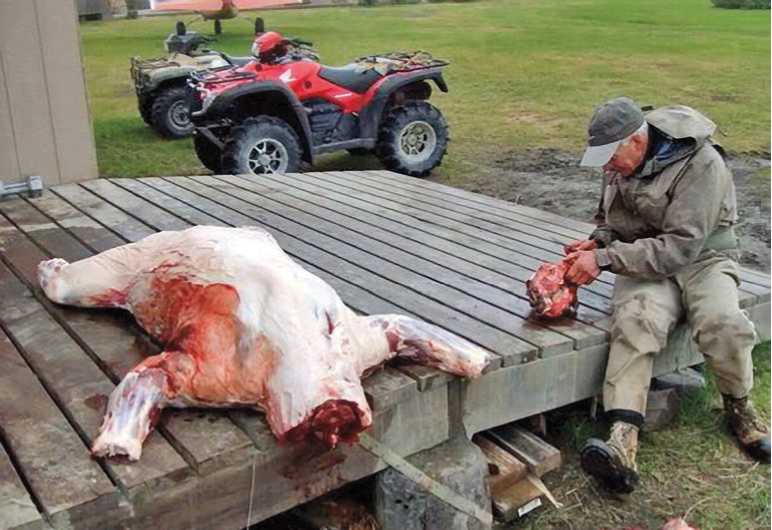Throughout the Siberian north and into the plains of the Americas, animals like bears and lions but also ravens and whales became important figures in the celestial structures of the various peoples. Social units would adopt an animal as sacred to that group and place a taboo on the killing of that particular animal. Nanai religion had a particularly great reverence for the tiger. In fact, some of the first representations of tigers historically come from stone carvings along the banks of the Amur River, dating from 4000-3000 bce. The tiger is seen as a sacred ancestor and as guardian of the forest. A tiger would, therefore, never be killed except in self-defense.
The word “totemism” is usually used to describe this. Given the fierce and majestic nature of the bear, its cult was particularly important and widespread, stretching from Finland to the Hudson Bay area in Canada to the Navajo in Texas.13 As any modern bear hunter can confirm, a bear appears quite human-like once it is skinned (Figure 4.14). They have a soft: white skin and arms and legs. This and the fact that the bear shared with early humans the same habitat and hunting ranges made the bear a critical element in mankind’s mythological understanding of the world. Like the Sami in Norway, the Utes, who live in Nevada, hold the bear sacred, and will kill one as an ofiering to the springtime bear ceremony. They do not actually “kill” the bear. Instead the bear ofiers himself to the people for the benefit of the ceremony.14 Among the Sami, the bear served as mediator between the gods and the people in that his spirit was believed to be able to move freely between the natural world and the otherworld. The Sami, in fact, call the bear isaivot, meaning “sacred.” The Ainu people, who live on northern islands in the Japanese archipelago, call the bear kamui, which means “god.”
The Sami bear ritual can be divided into various components.15
Departure for the forest. Bear hunting usually takes place during the hibernation season, late winter or early spring. Once a den has been located the hunters are assembled, the shaman and his drum are consulted, and they then depart for the forest.
The hunt. The one who located the bear is sent into the den to awaken it. The animal is not attacked while asleep. Once it awakens it is attacked in such a way that it impales itself on the spears. In that sense the bear was not “hunted,” but gave himself to the men. Afi:er the bear is killed the men drag it out from the lair and wrap it with soft: twigs or birch branches while singing a song in which the hunter announces that he has become the master of the bear. A switch is twisted into the form of a ring, which is fastened to the lower jaw of the bear and tied to the belt of the principal bear killer. When the hunters return to the sijdda their wives greet them by spitting elder bark juice in their faces.
Figure 4.14: Bear after it has been skinned, Virginia [TK]. Source: Fran Ritchie

The feast. It was customary for the men to prepare and cook the bear meat in a specially erected lavvu that no woman could enter.
Women must cover their heads and during the next five days and only can look at the bear killer through a brass ring. Afi:er a period of three days, the bear’s skin is stretched out in the center of the banquet area where various libations and food-stud's are offered to its spirit. Afi:er an apologetic speech is given, the feast of bear meat begins.
Ringing him in. Afi:er the feast the ring is removed from the bear and the women and children attach pieces of a brass chain to it, which is then tied to the bear’s tail. Next, the ring is given to the men who bury it with the bones. Great care is taken to ensure that the bones are arranged in their original form.
Immunizing the women. Finally, the skin is laid out on a stump and the blindfolded wives of the bear slayers take turns shooting at it with arrows.




 World History
World History









